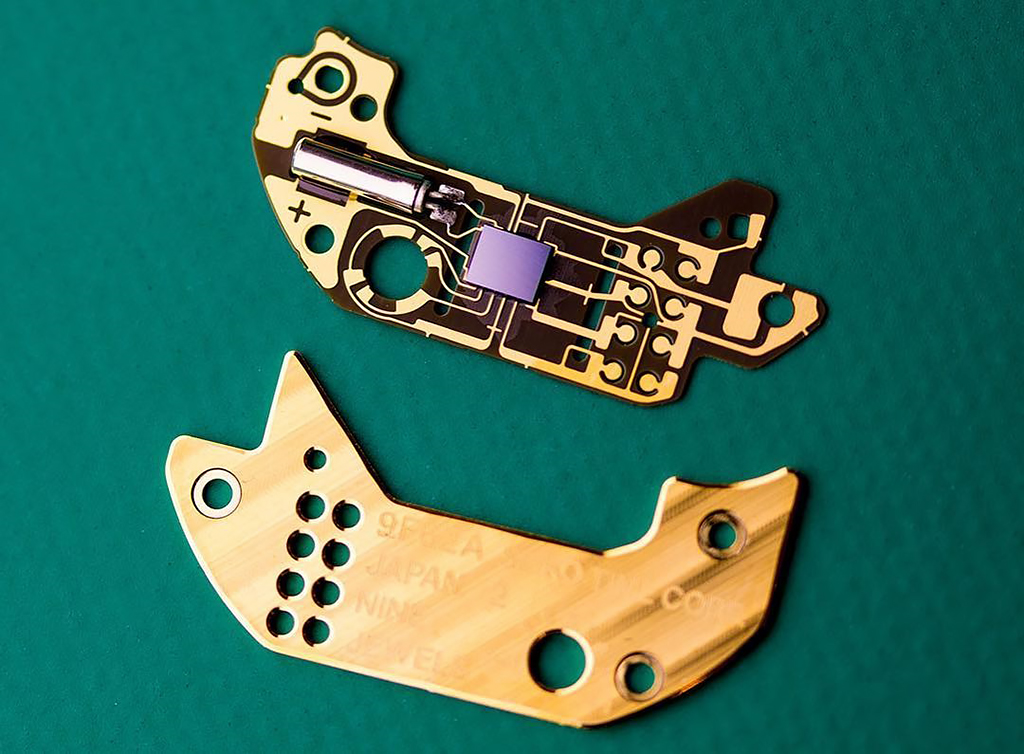As an aside, it would appear that every 9f is supplied to the customer with the regulation adjustment switch in the centre position.
This would mean that the base accuracy (+/-10spy for the regular 9f, +/-5spy for the specials) is achieved through the matching of the quartz crystal and IC.
My understanding (but I would certainly appreciate any data to confirm or otherwise) is that the regulator switch will offer 6spy increments of adjustment for both the regular 9f and the specials.
This means that the special 9f would not enjoy any inherent advantage over the regular 9f, post-regulation. The ultimate post-regulation accuracy of either would merely depend on how close either unadjusted movement's variation was to a multiple of 6. i.e. a regular 9f operating unadjusted at +6spy could be regulated to 0spy, but a special operating unadjusted at +3spy could not be adjusted to a greater accuracy than +/-3spy.
Splitting hairs at this point, certainly. But then, that's part of the attraction of HAQ :)







 Reply With Quote
Reply With Quote







